Along with a fresh and immediately iconic new season of White Lotus, 2022 also brought us a refreshed look for all your favourite Go-To products. It was in the works for a looong time, and the result is a brighter, fresher, more sustainable package with the exact same magic formulas on the inside.
Because this has been such a mammoth project, we wanted to give you a little insight into how the new-look Go-To came to be. So, I cornered Go-To’s brilliant Group Product Manager, Kerry Guthrie, to share all the behind-the-scenes info and a little taste of what’s coming next.
Give us a rundown of the Go-To packaging update and what has changed.
Go-To’s entire range has recently undergone a sustainable refresh. The new things you’ll notice instantly are the design updates (a brighter peach, a fun new font), but what’s also new is that our range now incorporates PCR in every product except for Face Hero and Much Plumper Skin, both of which will remain made of glass.
PCR stands for Post Consumer Recycled (or resin) and is packaging made from the plastic containers collected via your kerbside collection service. Once the contents of your recycling bin end up at a Material Recovery Facility (MRF), the plastic is sorted into types; with the most commonly recycled plastics being PET and HDPE. The recycled plastic is sold off to plastic resin companies that follow an extensive quality control and cleaning process to grind down the used containers into tiny pieces. The regrind is tested extensively to ensure the melt flow and quality meets the strict guidelines plastics manufacturers have to meet in order to be able to sell the resin back to packaging companies.
Can packaging that’s made with PCR be recycled?
Yes! It's worth remembering at this point in time relatively few brands are using PCR compared to those using 100% virgin plastic, so the comparatively small percentage of PCR going back to MRFs has very little impact on the overall quality of the resin. This means packaging made using PCR resin can still be recycled. There may come a point in time when the majority of plastic is made using PCR, and that may limit the number of times it can be recycled back into resin. But the plastic resin manufacturers will be closely monitoring this and for now, it's a long way off being an issue (a nice dilemma to have).
Talk us through how we landed on all of these changes; what was the process like for sourcing, testing, and selecting the new materials?
For our existing products, we first investigated what other, more sustainable packaging options were available. For the most part we stayed with the same format, and incorporated PCR plastic.
We then looked at what the maximum percentage of recycled plastic was available and conducted extensive stability trials to ensure the efficacy of our products remained. What we’ve found is that the level of PCR we’re able to use varies depending on the type of formulation; oils are more aggressive than water-based products so 100% PCR was not highly recommended. PCR levels can also be limited by the type of packaging. For instance, it’s easier to have 100% PCR in mono materials (like Properly Clean or Twofer) but for some of our more complex options (like Much Brighter Skin which has an airless pump) there is an upper limit of around 30% as the recyclate can compromise the integrity of the packaging. Mixed material packaging like pumps are currently very difficult to source in recycled materials. That said, we are always investigating alternative options.
Once we have packaging samples in the maximum percentage PCR, we have to fill the new PCR packaging with bulk and run extensive stability trials over several months to ensure the formulations are robust for the entire shelf life of the product. Ultimately the integrity of the product comes first, with our sustainability goals being a close second.
Some products were straightforward and increasing the percentage of PCR was easy; We were able to move our Exfoliating Swipeys jar to 100% PCR, and Properly Clean and Very Useful Face Cream 100ML are both likely to follow suit soon. (Currently, Properly Clean is in 60% HDPE PCR and Very Useful Face Cream 100ML is in a 30% PCR PP jar.)
Tubes are trickier as there is only so much PE material in a tube that can be replaced with PCR. We have moved our manufacturer of tubes from overseas to a Sydney based tube supplier (which immediately helps with our freight-related carbon footprint). This supplier currently only offers 30% but they are working towards offering tubes featuring 40% later in 2022, and we will be working closely with them on what further stability is needed before we transition to these tubes.
How and why did we land on PCR instead of other sustainable materials for our Go-To packaging?
Go-To is a proud member of APCO (Australian Packaging Covenant Organisation) and we are working towards meeting the 2025 National Packaging Targets.
A rethink, reduce, reuse, and recycle philosophy is built into our New Product Development (NPD) process, along with what’s called Life Cycle Analysis, which is a tool which enables us to evaluate the environmental impact of a product’s packaging through its lifecycle. Basically, we look at what materials are used and how they are extracted and processed, the actual manufacturing process involved in the finished article, how it is shipped to Australia and distributed to our customers, and ultimately how it is used and disposed of. All of these steps have a Global Warming Potential (or GWP), whether it be on the extensive use of fossil fuels, greenhouse gas emissions, water usage, human impact, and other sustainable metrics. We use the lifecycle analysis tool to help identify issues in the supply chain, to demonstrate our commitments to a more sustainable future, and objectively measure how well we are doing.
Another useful APCO resource is their PREP tool. This is an online service that assesses how packaging will perform in the Australian and New Zealand Material Recovery Centres (MRFs). When it comes to packaging, even the smallest details can have an impact on recyclability, including the packaging shape, size, weight, inks, adhesives and the materials used. Unfortunately, investment in the recycling industry here and overseas isn’t where it needs to be, but we try to incorporate as many recyclable materials as possible with the hope that technology will eventually catch up and everything will be able to be recycled and reused.
For now, PCR goes a long way to helping us meet the APCO goals. For starters, it is significantly more environmentally friendly than virgin plastics, which are made of fossil fuels. The recycling of PET/HDPE plastics to generate PCR plastics requires less use of energy, fossil fuels, and water. Plus these materials that once ended up in landfill are now being increasingly recycled. As the demand for PCR plastics grows, it will create a potentially lesser demand for virgin plastics and other materials which have a high carbon footprint due to their CO2 emissions.
The products are now also 100% Australian made; why was this so important?
Manufacturing in Australia has reduced the logistics, freight, and carbon footprint associated with the packaging and raw materials needed to make our products. Rather than shipping our products across the Tasman, they simply get loaded up into a truck and driven down the F1 to our warehouse 30 minutes away.
All up, how long did this sustainable packaging project take?
The whole process is very time consuming (as you might have guessed!) but we have been working towards our sustainable packaging options for several years.
Give us a hint of any exciting things that are coming.
We’re constantly working with our packaging manufacturers on ways to improve the materials we use. Looking ahead, we’re also currently investigating refillable packaging options and refill pouches for our more voluminous products.
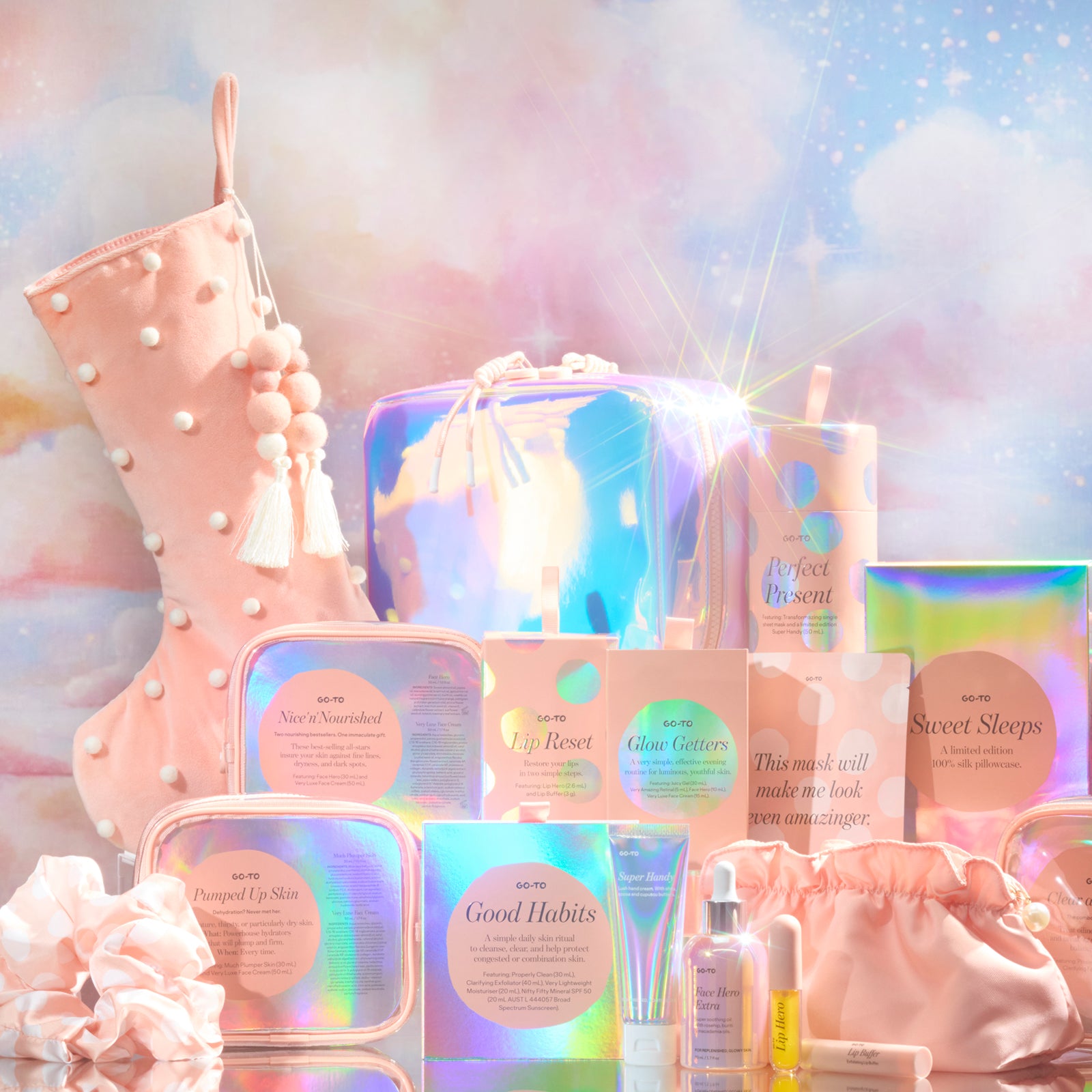

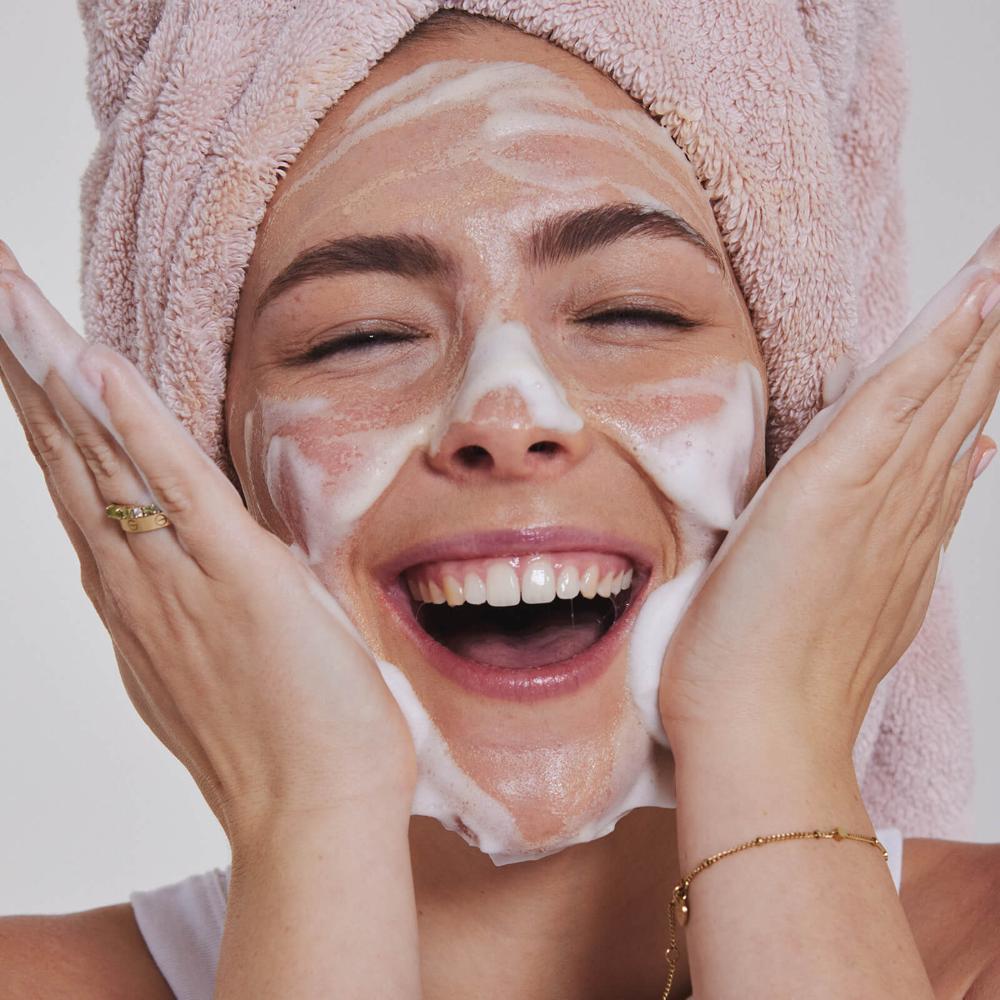
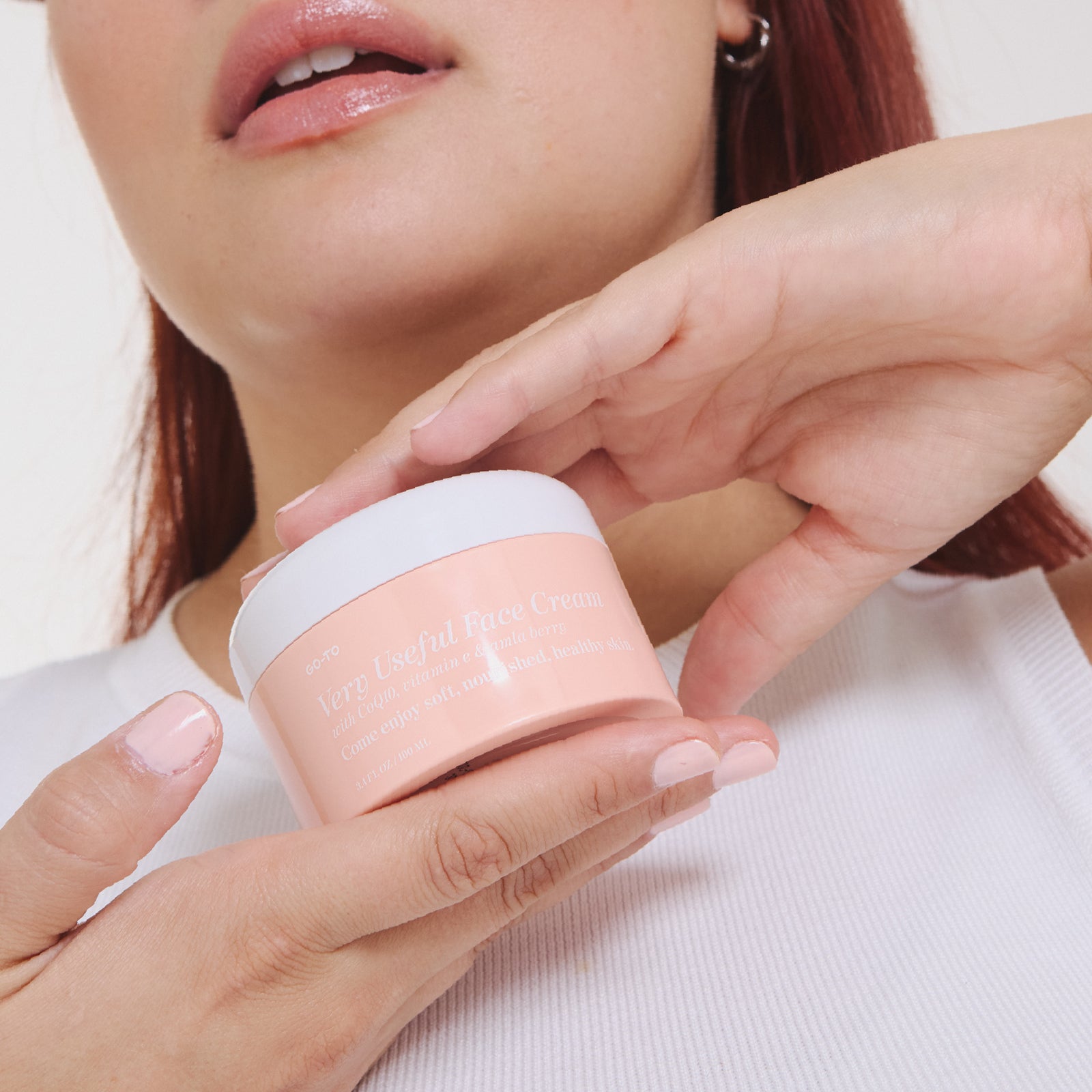
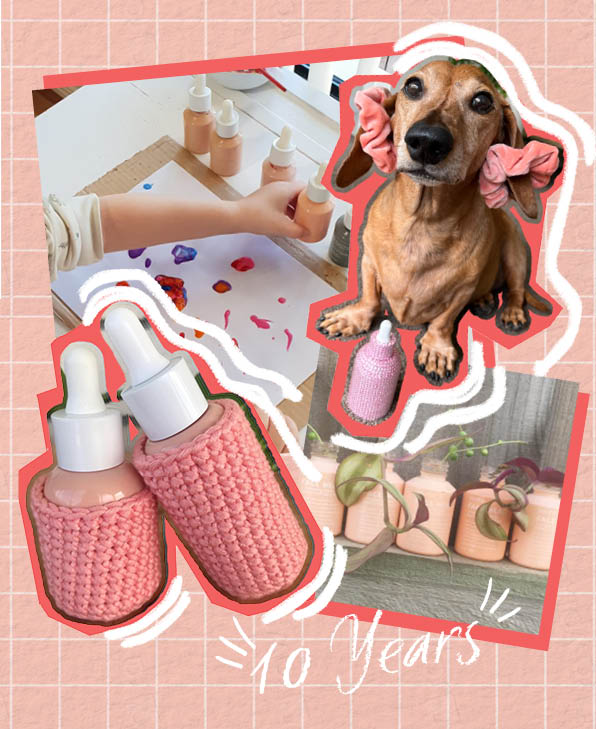

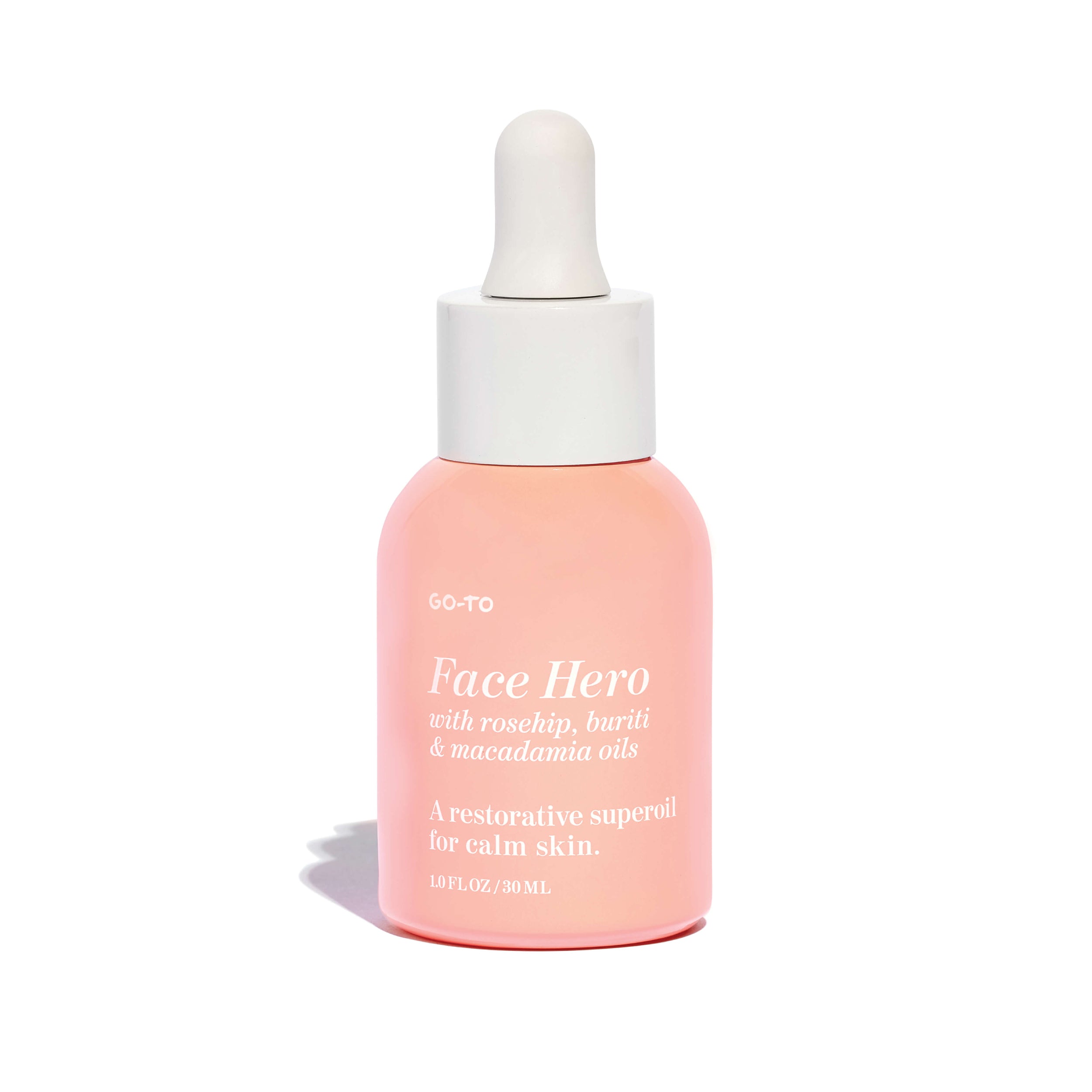
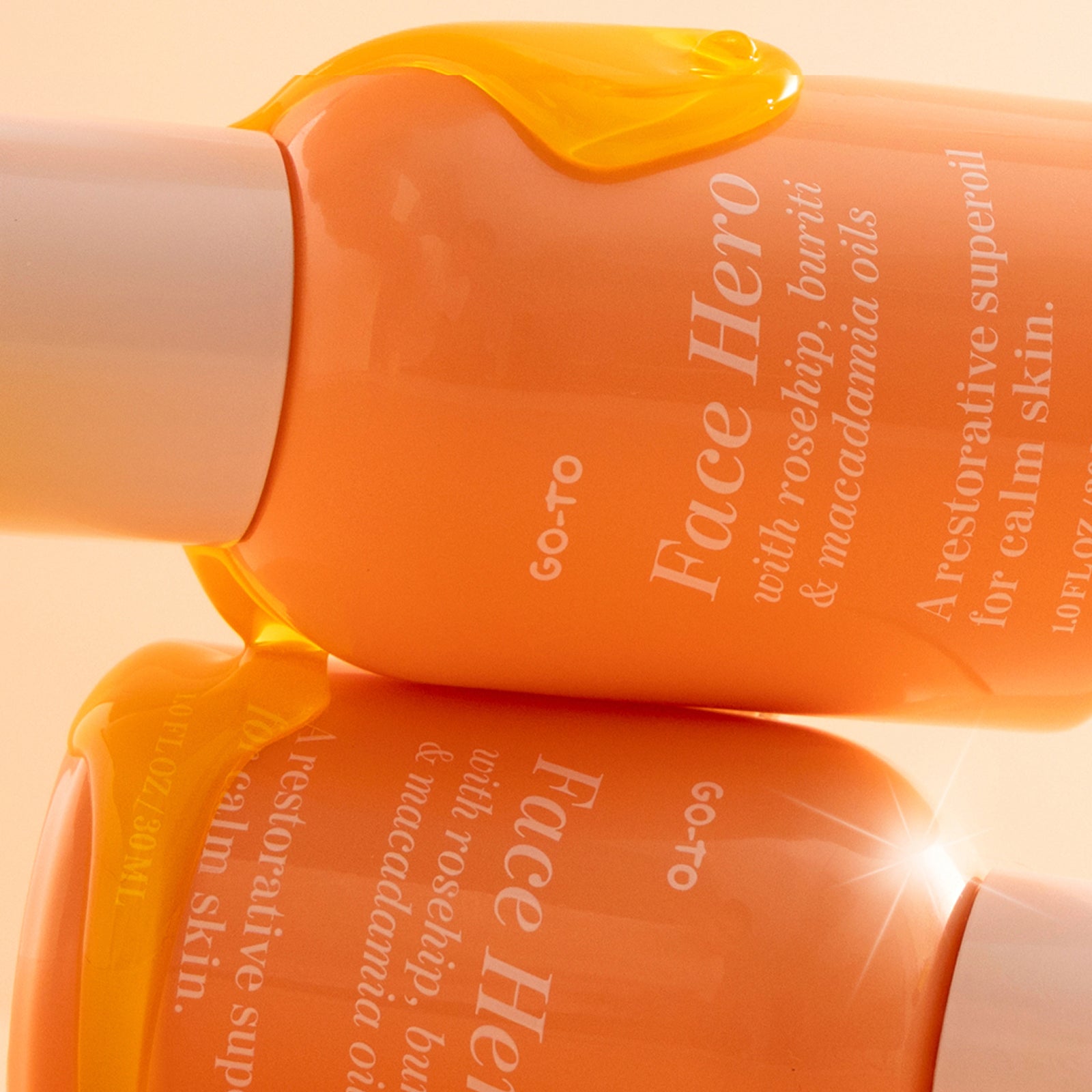
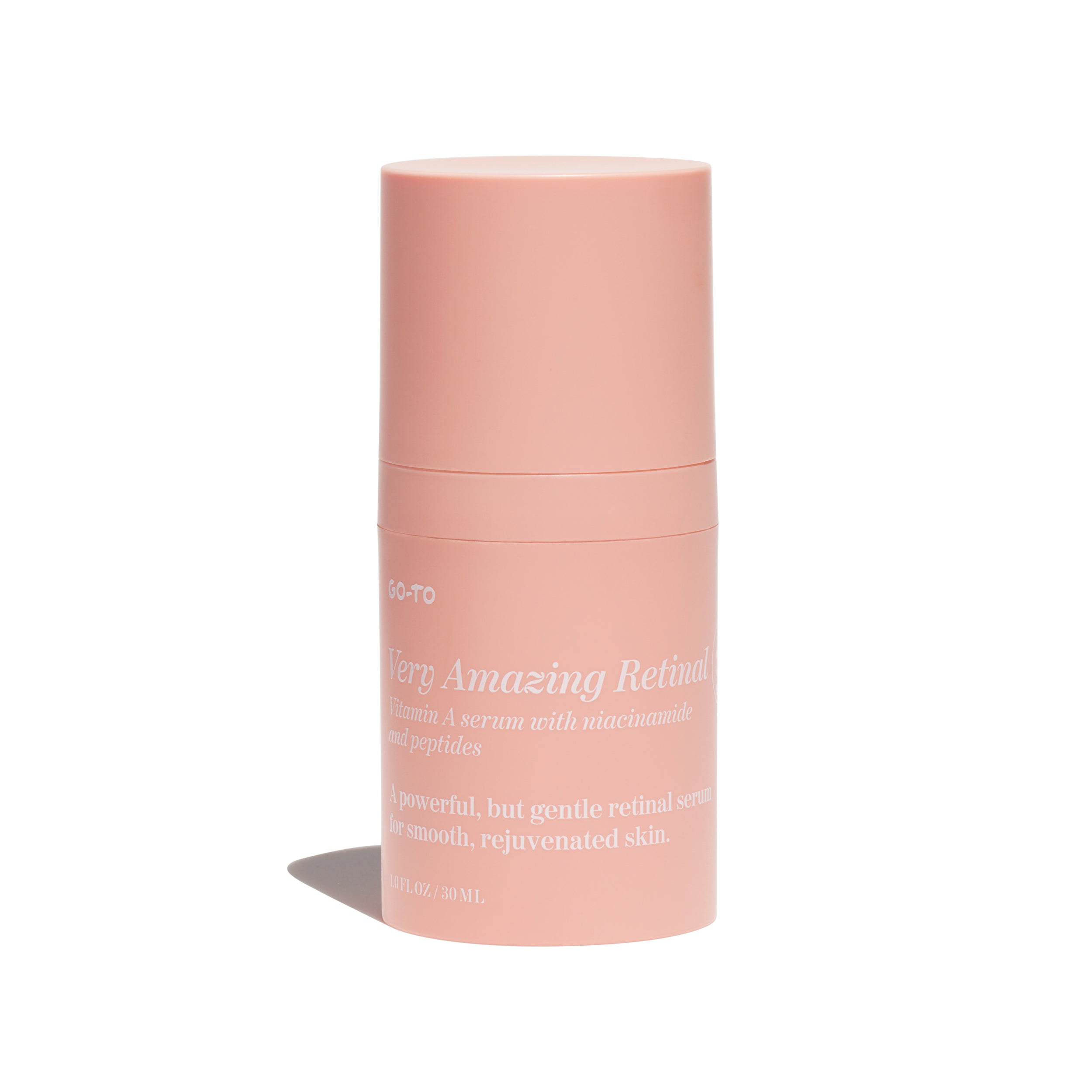


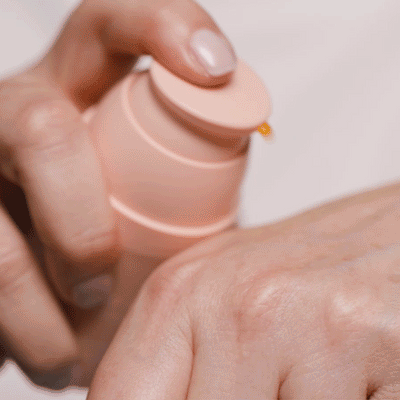
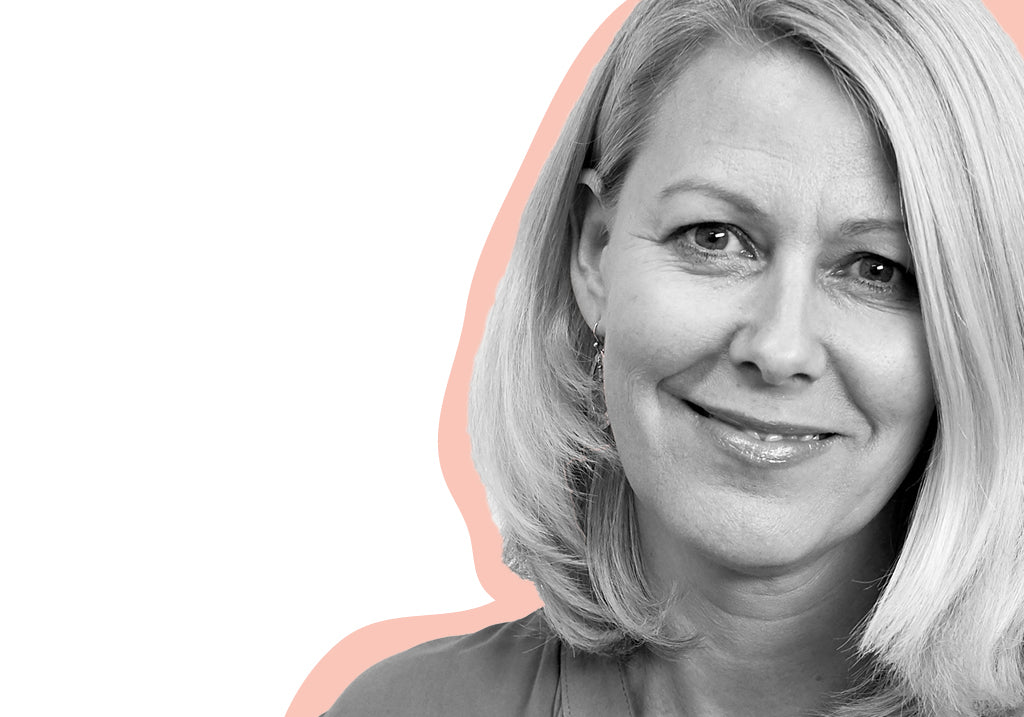

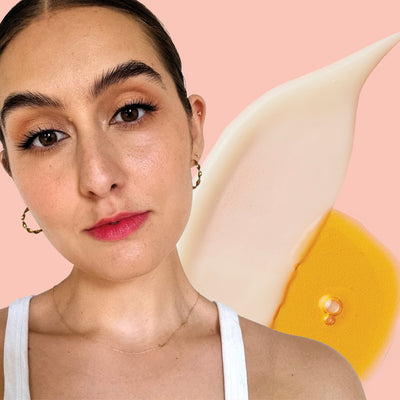
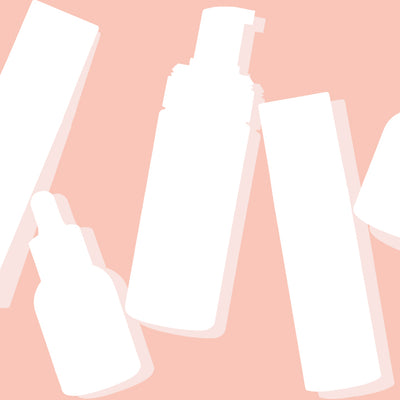
Comments